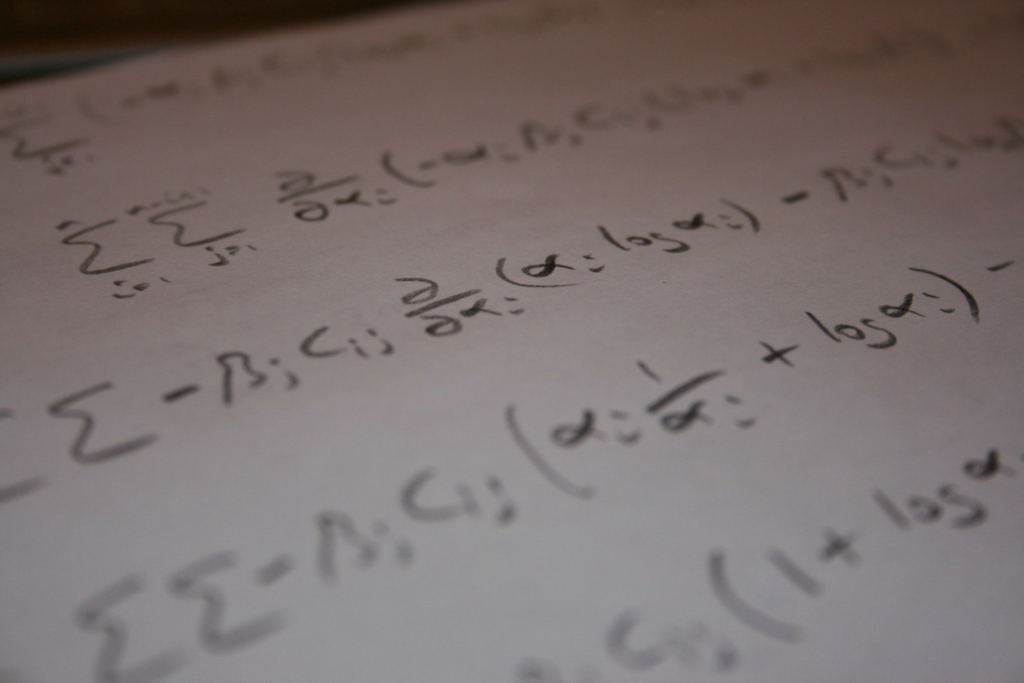
The seven Millennium Prize problems were posted in May 2000 by the Clay Mathematics Institute. The golden problems of mathematics. Three years later, mathematician Grigori Perelman solved Poincare’s conjecture. Although they are the most well known in modern-day mathematics, each tagged with a $1 million USD prize given a correct solution, they don’t include the infamous Polignac’s conjecture. Surmised by the French mathematician Alphonse de Polignac in 1849, it torments mathematicians to this day. The conjecture states the following:
For any positive even number n, there are infinitely many prime gaps of size n (namely, there are infinitely many ordered pairs (p, p+n) where p and p+n are both primes).
In number theory (the study of the integers), a prime number is a positive integer whose only positive divisors are 1 and itself.
Over 160 years later, Chinese-born mathematician Yitang Zhang submitted an article to the prestigious journal, Annals of Mathematics, in 2013 that provided a rigorous proof for Polignac’s for some n less than 70 million. In late 2013, University of Oxford doctorate James Maynard reduced the bound to only 600. In only a few months, the bound was reduced to 246. No progress had been made since.
Until two professors concocted a proof for the conjecture in a comparable mathematical system. Instead of working in the set of natural numbers (the counting numbers: 1, 2, 3, etc.), the two researchers, Will Sawin and Mark Shusterman, turned to a certain type of set, a finite field. A field is a set in which the following are satisfied: addition and multiplication keep the set closed (e.g. if x and y are in the set, then so are x + y and xy), an additive identity exists (there is an element z such that a + z = z + a = a for all a in the set), every element has an additive inverse (for every a in the set, -a is also in the set), a multiplicative identity exists (there is an element e such that ae = ea = a for all a in the set), addition is associative, and multiplication is distributive over addition.
Now how does one construct one? The simplest is the set Fp = {0, 1, 2, 3, …, p – 1}, where p is a prime. But (p – 1) + (1) = p, which isn’t in the set! Here, addition is defined differently. The sum of the two elements isn’t the generic sum for integers or real numbers. Rather, it becomes the remainder after you divide that generic sum by p. For example, for p = 7, 3 + 6 = 9 through generic addition. In F7, it would be 2 since 9’s remainder when divided by 7 is 2.
Now, we can take all the polynomials (an expression written as the sum of constant multiples of powers of a fixed variable) over a certain finite field: all polynomials whose coefficients are in that field. For example, x3+2x+4 is a polynomial over F5. Similarly, a prime polynomial is one such that its only monic (coefficient of the term with the largest exponent being 1) divisors are 1 and itself.
Sawin and Shusterman proved the conjecture for prime polynomials: there are infinitely many pairs of prime polynomials whose difference can be any polynomial, whether it be x or x3+ 2x – 1. Moreover, they were able to derive a count of the exact number of such pairs of polynomials with a certain degree. They utilized algebraic geometry to crack the difficult problem.
164 years gave a bound for n and 170 years gave a case for finite fields. Hopefully mathematicians will turn to Zhang’s, Maynard’s, Sawin’s, and Shusterman’s work to find inspiration and pull through to finally unlock the proof behind Polignac’s conjecture.
